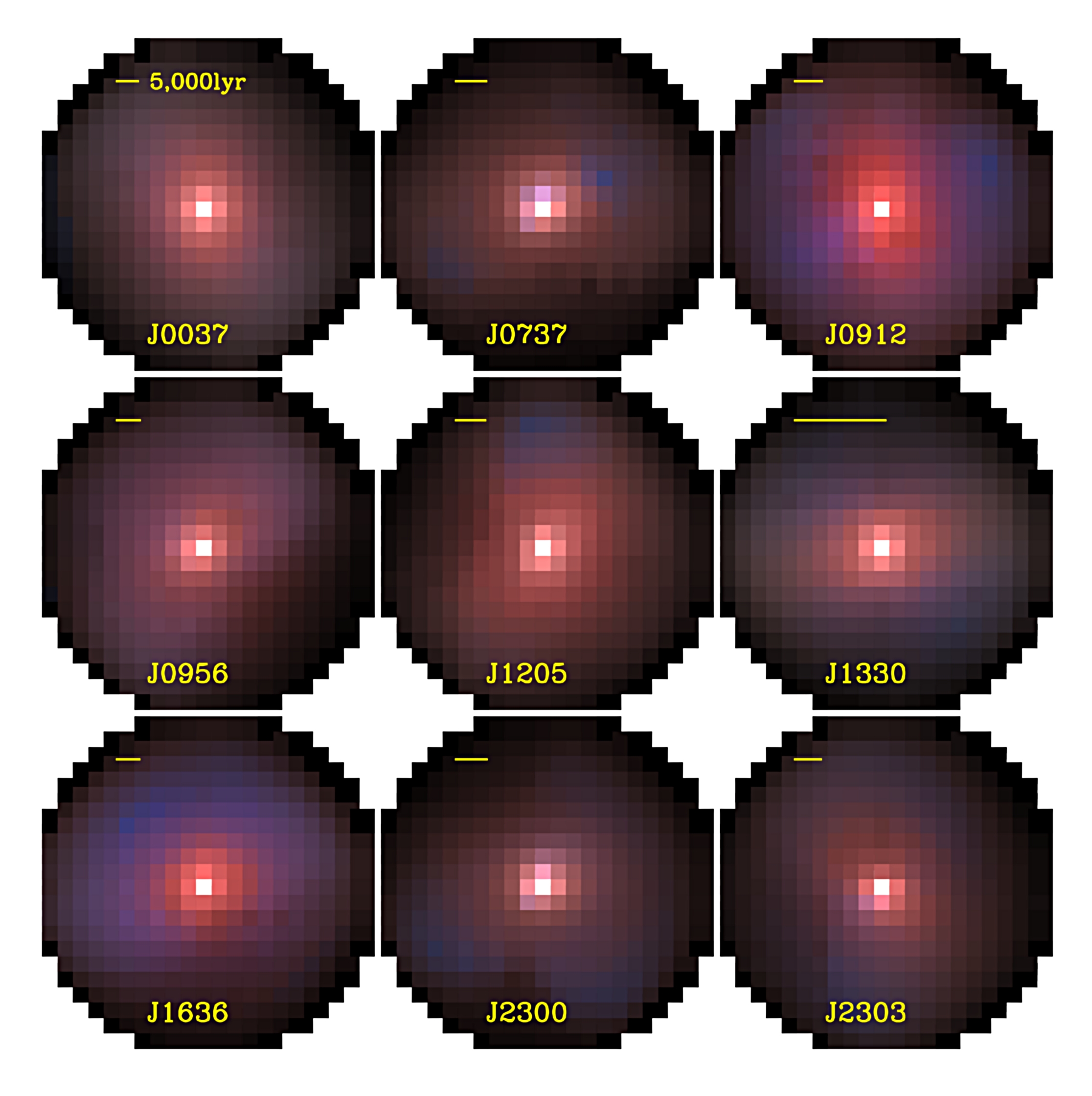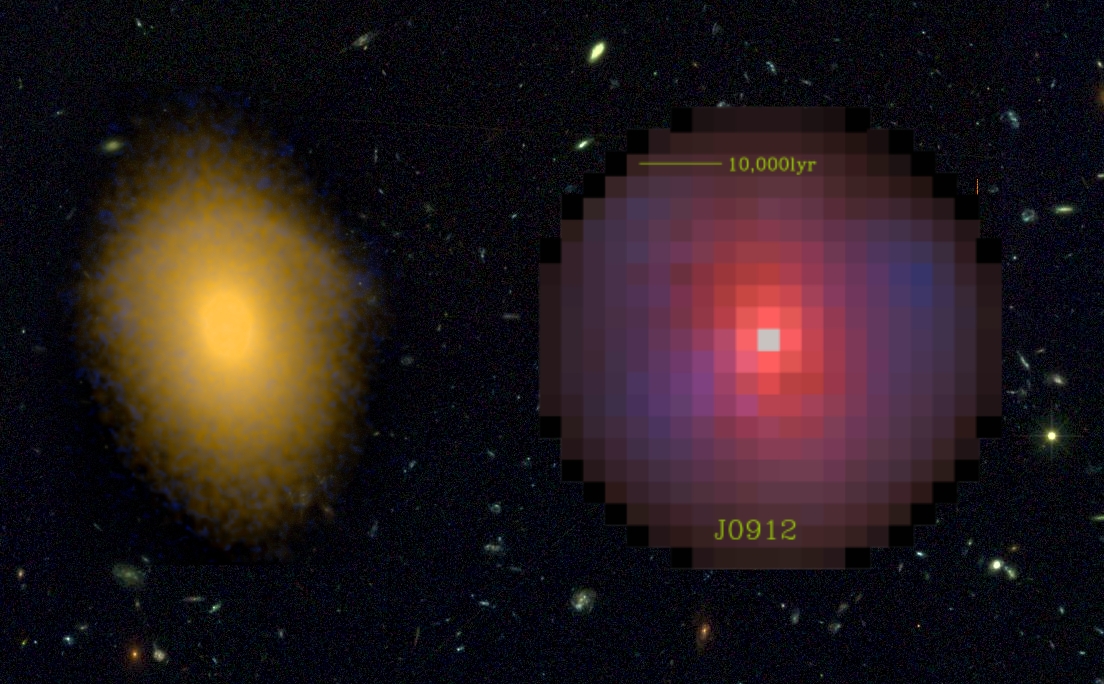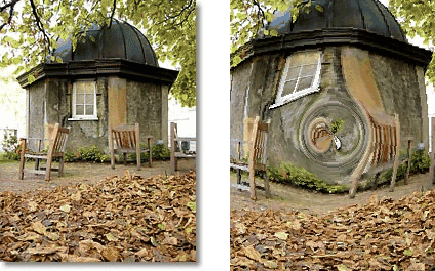ROYAL ASTRONOMICAL SOCIETY PRESS INFORMATION NOTE
EMBARGOED FOR 00:01 BST, TUESDAY 17 APRIL 2007
Ref.: PN 07/ (NAM)
Issued by RAS Press Officers:
Robert Massey
Tel: +44 (0)20 7734 4582
Mobile: +44 (0)794 124 8035
E-mail: rm AT ras.org.uk
AND
Anita Heward
Tel: +44 (0) 1483 420 904
Mobile: +44 (0)7756 034243
E-mail: anitaheward AT btinternet.com
RAS Web site: http://www.ras.org.uk/
RAS National Astronomy Meeting web site:
http://www.nam2007.uclan.ac.uk
CONTACT DETAILS ARE LISTED AT THE END OF THIS RELEASE.
Most of the matter in the Universe is not the ordinary kind made up of
protons, neutrons, and electrons, but an elusive "dark matter"
detectable only from its gravity. Like a tenuous gas, dark matter is
all around us - it goes through us all the time without us noticing -
but tends to collect in large quantities around galaxies and clusters
of galaxies and makes up about one-sixth of the mass of the Universe.
In his talk on Tuesday 17 April at the Royal Astronomical Society
National Astronomy Meeting in Preston, Dr Ignacio Ferreras of s
College London will present the maps of the distribution of "ordinary"
and dark matter in nine galaxies out to a distance of five billion
light-years from the Sun.
Dr Ferreras worked with Dr Prasenjit Saha (University of Zurich,
Switzerland) and Professor Scott Burles (Massachusetts Institute of
Technology, USA) to take advantage of a rare astronomical phenomenon
known as 'gravitational lensing'. The galaxies they studied
serendipitously lie in front of quasars, which are bright sources of
light at even greater distances. The gravity of the nearer galaxy and
dark matter distorts the quasar light, causing the quasar to be seen
as two or four images. The placement of these mirage images, studied
using new theoretical techniques in gravitational lensing, makes it
possible to measure the total mass and effectively gives scientists a
telescope for dark matter!
By analysing the starlight from the galaxies using stellar evolution
theory, it is possible to measure the mass of the stars they
contain. Combining these ideas with archival data from the Hubble
Space Telescope, Dr Ferreras and his colleagues were able to make
dark-matter maps.
Current theories of galaxy formation can explain some but not all of
these new findings. After the Big Bang, gas should have fallen towards
the centres of dark-matter halos, there igniting to form the stars
that go on to make up a galaxy. But why is there a higher proportion
of dark matter in more massive galaxies? And had these galaxies
already finished forming five billion years ago? These questions will
only be answered by future theories of galaxy formation.
CONTACT(s):
Dr Ignacio Ferreras
King's College London
University of London
Tel: +44 (0) 20 7848 2150
E-mail: ferreras AT star.ucl.ac.uk
NOTES FOR EDITORS
The 2007 RAS National Astronomy Meeting is hosted by the University of
Central Lancashire. It is sponsored by the Royal Astronomical Society
and the UK Science and Technology Facilities Council.
IMAGES:
Figure 1. A false colour map of the dark matter distribution in the
sample of nine galaxies. The colour represents the ratio between total
and ordinary (or baryonic) matter so that dark matter dominates the
regions that appear blue, whereas in the red areas matter is mostly
baryonic.
| 
|
Figure 2. The relationship between ordinary and dark matter in a
galaxy. On the left is the ordinary matter that makes up the galaxy
and its shape indicates how it was assembled. On the right the map of
dark matter shows how it extends over a much larger area than the
visible part of the galaxy.
| 
|
Figure 3. Gravitational lensing at work, illustrated with an image of
the old observatory at University College, London observatory. On the
left is the normal view and on the right we see it, as it would appear
if there were a massive but transparent galaxy hiding in the
quadrangle.
| 
|


